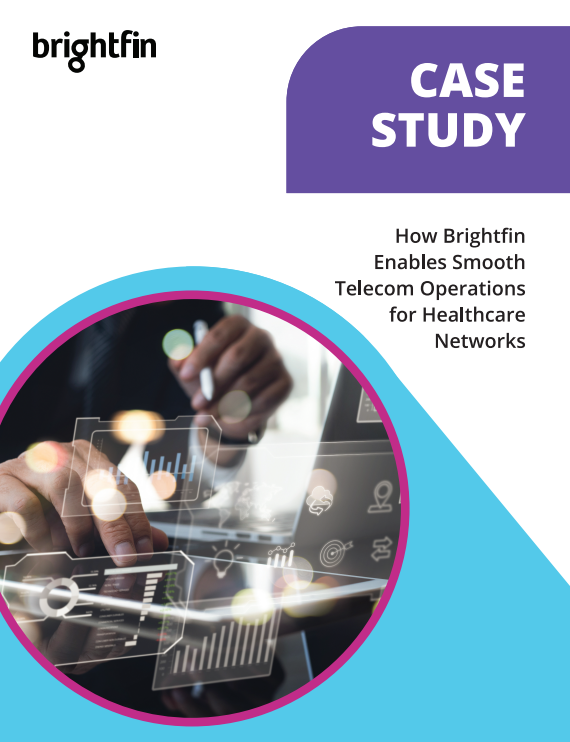BYOD, or bring your own device, is a growing trend in many businesses. In fact, according to Forbes:
- The BYOD market is on course to hit almost $367 billion by 2022, up from just $30 billion in 2014 (Source: BetaNews).
- 61% of Gen Y and 50% of 30+ workers believe the tech tools they use in their personal lives are more effective and productive than those used in their work-life (Dell).
- 60% use a smartphone for work purposes while 31% desire one (Dell).
- Using portable devices for work tasks saves employees 58 minutes per day while increasing productivity by 34% (Frost & Sullivan).
While BYOD has a lot of benefits, it also comes with critical security concerns. Devices without proper management are a huge risk for data leaks, device infection, mixing personal with business use, and lacking management and policies. This is where unified endpoint management can support an organization with remote devices.
If you’re using a BYOD model for your business, here are some ways to tackle each of these concerns:
Develop a thorough training program. Then go over it again and again.
All it takes is a single employee to compromise your network. You might think it is common sense to make good decisions with regards to app usage, cybersecurity threats, and other malicious software, but the reality is that most end users are simply unaware. Performing regular training will help keep your data safe as well as ensuring your non-IT staff is up to date on corporate security policies.
Establish an MDM/UEM.
Mobile Device Management, or the newer Unified Endpoint Management, will provide the power and functionality you need to secure your mobile endpoints:
- UEM enables you to remotely manage the content and security of an employee’s device. Pairing this with file integrity monitoring allows your IT team the level of control they need to do their job properly.
- Containerization: A passcode-protected lock screen may not be enough protection for your mobile endpoints. By containerizing apps themselves, you can further prevent unauthorized access to proprietary data, and if you’re using single sign-on (SSO), it’s even easier for your end-users.
- Developing an enterprise app store will provide employees with easy access to the right apps approved for business use. This can mitigate the risks of employees using apps outside approval or your VPN.
Find a partner.
The rapid rise in the mobile workforce, along with the growing complexity of device catalogs, cybersecurity threats, and productivity needs, means not every IT team is going to have the necessary skill set. Partnering with a managed mobility provider can help save you time and money, while also securing your devices against threats.
Do you need help managing the security of your mobile workers?
Whether BYOD or COPE, our UEM security experts will perform a health check of your current environment so you know where your strengths and weak points are.



